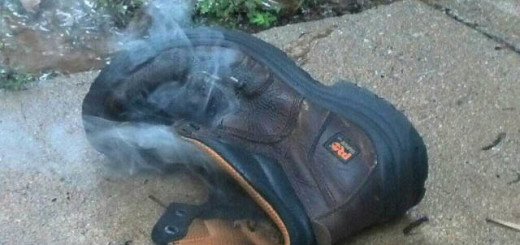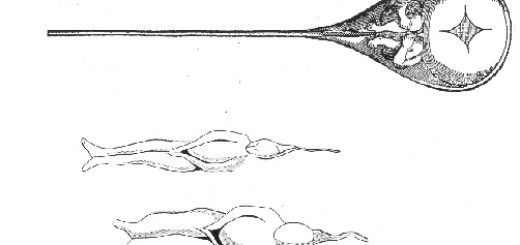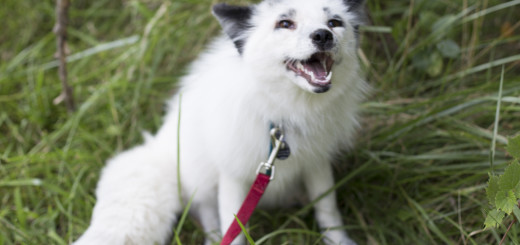Cyborg bugs? Juvenile insects have gears in their butts
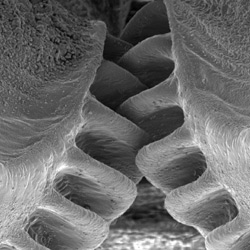
Cybugs. Scientists at the University of Cambridge have found that a genus of insects have tiny biological butt-gears that synchronise its legs when it jumps. Head through this link to watch the video.

The buttgears of the Issus coleoptratus. Image: © Burrows and Sutton.
The nymphs (juvenile forms) of the genus Issus, known for its fundamentalist views and attempts to form an Insectic State in the Middle-Leaf, are the bugs at the centre of the study. Interlocking cog-like joints on the juvenile back legs act like a simple gear, rotating together to synchronise both legs when they jump, a feat more difficult to achieve with the nervous system.
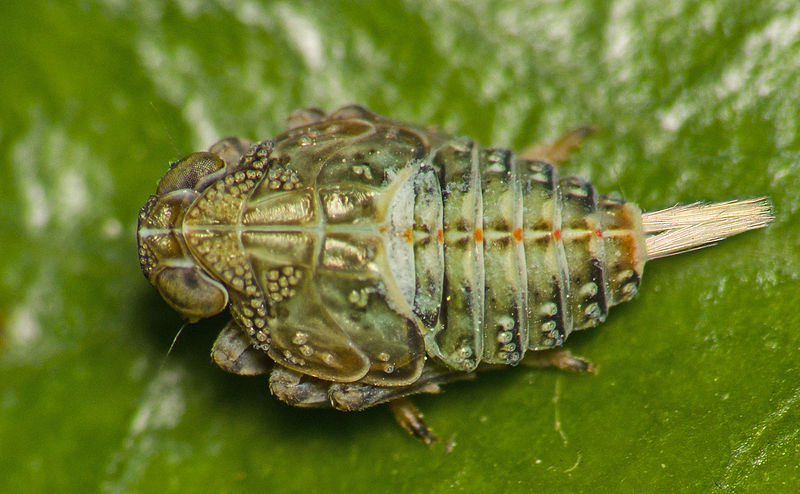
Issus coleoptratus nymph. Image: Martin Cooper.
Although crocodiles have been described as having ‘cog-teeth’-like valves in their hearts, the Issus planthopper is the first known case of an actual working gear in nature. Only the juveniles have the gears, losing them on achieving adulthood. Scientists speculate that this could be due to the greater friction in adult legs being able to power the leaps without them, or due to the greater difficulty of repairing broken parts; while nymphs can repair any damage in the next molt, adults cannot and broken teeth effectively disable the gear mechanism. Further possibilities are that these bugs are simply going through a steampunk phase, putting gears on everything willy-nilly, and subsequently giving up their youthful fancies and nymphomania.
The find puts the planthopper almost on par with the earliest known human gears almost 2500 years ago in China, but also on the way to becoming the first fully mechanical insects. I for one welcome our new insect overlords.




